Riconextdoor - Riconextdoor✨

More Posts from Riconextdoor and Others
i used to think that icarus’ death was just a tragic accident—the kind so prevalent in greek mythology, where the hero survives the most dangerous part but tragedy befalls in the most unexpected/preventable way as a result of hubris/arrogance/carelessness. but icarus’ fate was no accident. tragic, yes, but also beautiful in its inevitability: a tribute to the inexorable entanglement between love and death, desire and destruction, intimacy and decay — all of which are ultimately just forms of want and loss. after all, everything has a price, an equal and opposite reaction.
desire is synonymous with fire. it’s something i think mortals are only capable of experiencing in tiny doses: little fires in our guts, live wires down our spine, warm flushes across our cheeks. like taking very small sips of too-hot tea, desire must be drawn out over a lifetime of intimacy—lest it burn us up completely. but apollo feels things with all his immortal intensity: he is pure fire and light and heat. i am not sure there exists a purer form of love than that of the sun.
this is why icarus’ fate is no accident, nor another allegory on the dangers of hubris. it was inevitable from the start. the same way achilles’ virility and vitality was paid for with his death at such a young age, the heat from apollo’s fleeting, fatal moment of desire for icarus is the same as a lifetime’s worth of slow-burning love between two mortals.
i like to believe that icarus didn’t lose his life—not exactly. he just lived it all at once in a single, blazing moment of intimacy with the sun.


Mr Brightside lockscreens
neo-noir sci fi is so wild to me… it’s so dark…their technology can make clones and androids and holo screens as big as a skyscraper…but not apparently light bulbs that fucking work

Pharrell (2006)
Choose people that choose you. The end.
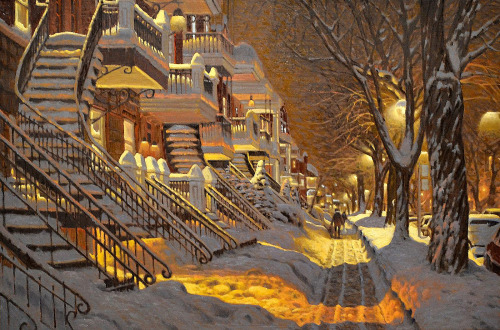
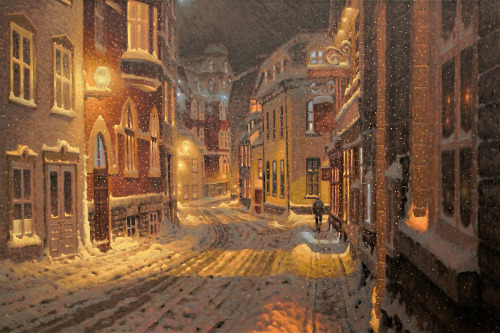
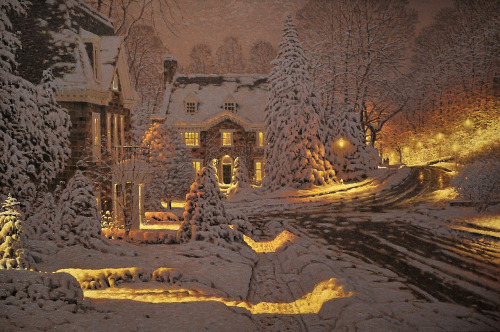
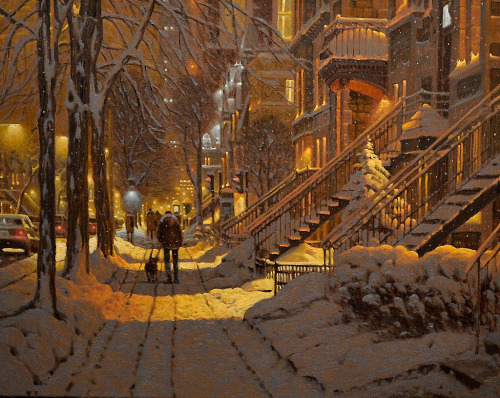
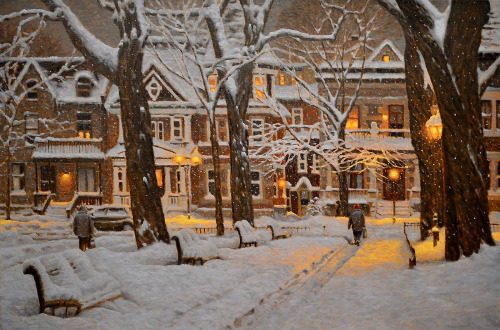
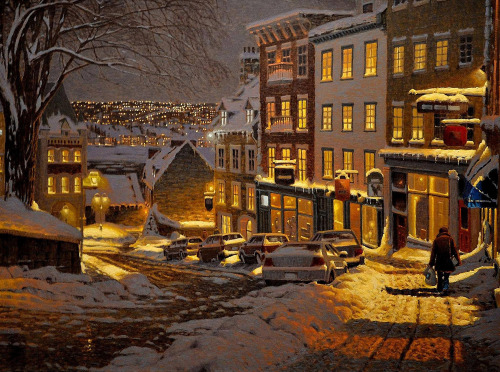
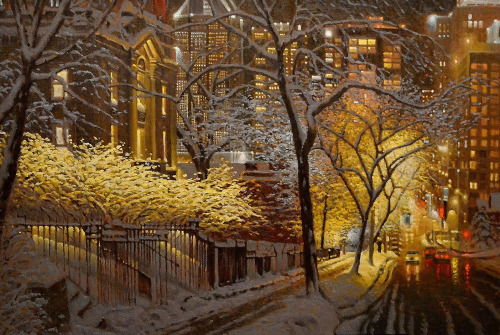
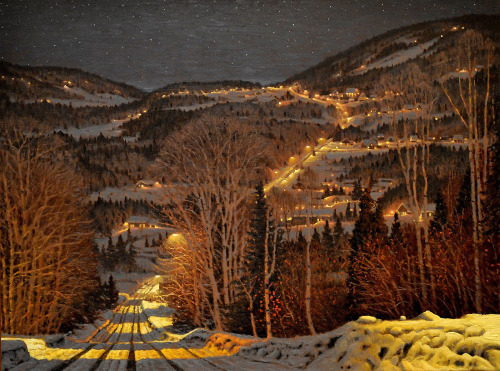
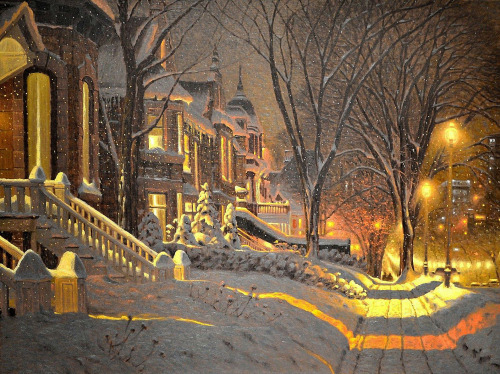
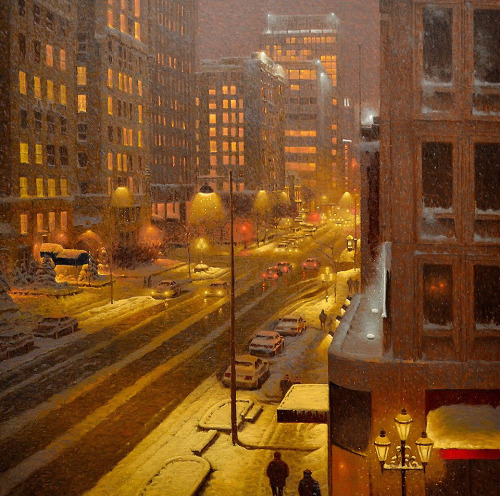
Richard Savoie.



Chloe and Halle Bailey for Rodarte FW18 by Autumn de Wilde



Architectural decay portrayed in art pieces

‘Roman Ruins’ by Hubert Robert, 1760

‘Capriccio of Classical Ruins’ by Giovanni Paolo Panini, 1725 and 1730

‘Landscape with Classical Ruins and Figures’ by Marco and Sebastiano Ricci, 1725-1730

‘Ruins in Baalbek’ bu Jules Louis Coignet, 1846

‘Gothic Church Ruin’ by Carl Blechen, 1829-1831

‘The Ruins of Holyrood Chapel’ by Louis Daguerre, 1824

‘Christ and Adulteress’ by Ascanio Luciano, 1669

‘Detail of View of the Arch of Constantine with the Colosseum’ by Canaletto, 1742-1745

‘Ruins of the Palace’ by Ramon Martí Alsina, 1859
-
 kahupus liked this · 2 weeks ago
kahupus liked this · 2 weeks ago -
 ivylavender reblogged this · 2 weeks ago
ivylavender reblogged this · 2 weeks ago -
 mikaelrznr liked this · 2 weeks ago
mikaelrznr liked this · 2 weeks ago -
 crimson-miz liked this · 2 weeks ago
crimson-miz liked this · 2 weeks ago -
 rayontherocks reblogged this · 2 weeks ago
rayontherocks reblogged this · 2 weeks ago -
 sunflowersecluded reblogged this · 3 weeks ago
sunflowersecluded reblogged this · 3 weeks ago -
 lostinthedarkclouds liked this · 3 weeks ago
lostinthedarkclouds liked this · 3 weeks ago -
 sweet-thyme liked this · 3 weeks ago
sweet-thyme liked this · 3 weeks ago -
 lvamp11 reblogged this · 3 weeks ago
lvamp11 reblogged this · 3 weeks ago -
 kenzogal liked this · 3 weeks ago
kenzogal liked this · 3 weeks ago -
 roninbakh liked this · 4 weeks ago
roninbakh liked this · 4 weeks ago -
 the-way-we-were liked this · 1 month ago
the-way-we-were liked this · 1 month ago -
 chefsdeadcallhelp liked this · 1 month ago
chefsdeadcallhelp liked this · 1 month ago -
 lovedrunkenconfessions reblogged this · 1 month ago
lovedrunkenconfessions reblogged this · 1 month ago -
 redribbonhood reblogged this · 1 month ago
redribbonhood reblogged this · 1 month ago -
 efqgfjdnw liked this · 1 month ago
efqgfjdnw liked this · 1 month ago -
 anotsocowardlylion reblogged this · 1 month ago
anotsocowardlylion reblogged this · 1 month ago -
 moon-child-maya reblogged this · 1 month ago
moon-child-maya reblogged this · 1 month ago -
 moon-child-maya liked this · 1 month ago
moon-child-maya liked this · 1 month ago -
 zanzackrouso reblogged this · 1 month ago
zanzackrouso reblogged this · 1 month ago -
 zanzackrouso liked this · 1 month ago
zanzackrouso liked this · 1 month ago -
 its-a-no-from-mee liked this · 1 month ago
its-a-no-from-mee liked this · 1 month ago -
 takemeback-2-thenightwemet reblogged this · 1 month ago
takemeback-2-thenightwemet reblogged this · 1 month ago -
 unlucky-kid406 reblogged this · 1 month ago
unlucky-kid406 reblogged this · 1 month ago -
 unlucky-kid406 liked this · 1 month ago
unlucky-kid406 liked this · 1 month ago -
 devireneelove reblogged this · 1 month ago
devireneelove reblogged this · 1 month ago -
 heauxthathexes reblogged this · 1 month ago
heauxthathexes reblogged this · 1 month ago -
 heauxthathexes liked this · 1 month ago
heauxthathexes liked this · 1 month ago -
 invisiblethorn reblogged this · 1 month ago
invisiblethorn reblogged this · 1 month ago -
 invisiblethorn liked this · 1 month ago
invisiblethorn liked this · 1 month ago -
 un-idntfied liked this · 1 month ago
un-idntfied liked this · 1 month ago -
 typicalxnightmare liked this · 1 month ago
typicalxnightmare liked this · 1 month ago -
 sadland reblogged this · 1 month ago
sadland reblogged this · 1 month ago -
 listen2bugs reblogged this · 1 month ago
listen2bugs reblogged this · 1 month ago -
 listen2bugs liked this · 1 month ago
listen2bugs liked this · 1 month ago -
 princessofthefullmoon liked this · 1 month ago
princessofthefullmoon liked this · 1 month ago -
 maktub190 reblogged this · 1 month ago
maktub190 reblogged this · 1 month ago -
 umi-ga-kikoeru reblogged this · 1 month ago
umi-ga-kikoeru reblogged this · 1 month ago -
 embraceoptimism reblogged this · 1 month ago
embraceoptimism reblogged this · 1 month ago -
 dontstopgoing reblogged this · 1 month ago
dontstopgoing reblogged this · 1 month ago -
 loreyyysss reblogged this · 1 month ago
loreyyysss reblogged this · 1 month ago -
 loreyyysss liked this · 1 month ago
loreyyysss liked this · 1 month ago -
 puffpuffmags reblogged this · 1 month ago
puffpuffmags reblogged this · 1 month ago -
 degenbasura liked this · 1 month ago
degenbasura liked this · 1 month ago -
 alkendimk reblogged this · 1 month ago
alkendimk reblogged this · 1 month ago -
 kervveros reblogged this · 1 month ago
kervveros reblogged this · 1 month ago
